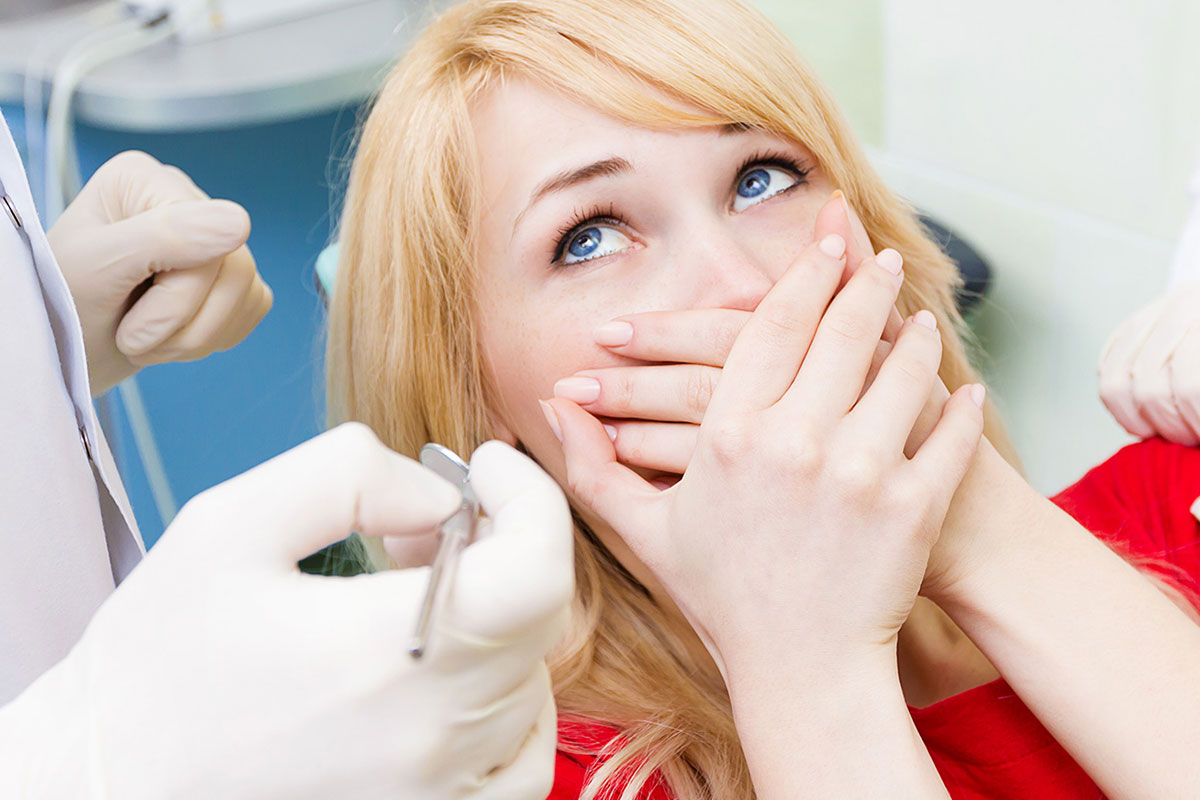Nitrous Oxide, also known as happy gas or laughing gas, has nowadays become the go-to option for so many dental procedures. This gas relaxes the patients while allowing them to stay awake and aware during the procedure. Most importantly, the effects of this gas are temporary, ensuring a swift and smooth recovery for the child or adult. If you want to learn more, continue reading. This blog will explore how this gentle approach has revolutionized dental care. So, let’s dive in!
WHAT IS SEDATION DENTISTRY?
Sedation dentistry keeps patients in a relaxed, peaceful, and comfortable state during dental treatments. It’s classified as moderate sedation, as you will still be attentive but will feel very relaxed. This is sometimes referred to as conscious sedation or ‘twilight sleep’ due to the patient’s experience of a painless state in which the patient is unaware of their surroundings. Nitrous oxide sedation, in particular, is a popular choice because it’s fast-acting, reversible, and has few side effects.
WHO NEEDS SEDATION DENTISTRY?
Children and adults of all ages can benefit from sedation therapy’s multiple advantages. Dentists often recommend this option for individuals who have:
- Dental fear
- Phobia of the dentist
- Tooth or needle sensitivity
- Patients with special needs, such as physical, intellectual or behavioral complications.
This inclusive approach to dental care ensures that everyone can receive the care they require. It’s a testament to dental care for providing comprehensive and compassionate dental services.
BENEFITS OF NITROUS OXIDE SEDATION:
Nitrous oxide is a common gas used in dentistry as a multifunctional tool. Its effects are quick and effective, which is why dentists use it more often. Thus, the presence of a colorless and odorless gas in dental clinics helps to keep people relaxed and free from stress. This creates a cooperative and comforting atmosphere for different dental procedures.
Here are some additional benefits of nitrous oxide sedation that you must be aware of:
SAFE AND EFFECTIVE:
Nitrous oxide is a highly preferred method by dentists. It is totally safe and has a reputation for being the safest form of sedation in dentistry. It is administered by qualified dental professionals in dental settings. Nitrous oxide helps enhance safety measures and the effectiveness of dental procedures while building patients’ faith in sedation choices.
NON-TOXIC:
Nitrous oxide is non-toxic, and patients are not threatened by it. Besides, it is frequently regarded as a great sedative that makes patients relaxed.
SHORT-TERM EFFECTS:
Nitrous oxide’s short-term effects are due to its rapid absorption. In contrast to other sedation approaches that cannot be as quick as nitrous oxide, nitrous oxide starts working right after its administration. This quick action enables patients and dentists to begin work as soon as possible without wasting any time.
QUICK RECOVERY:
Another huge advantage of nitrous oxide is that the recovery period after using it is very short. Patients receiving anesthesia are given 100% oxygen through a face mask for about five minutes after the dental procedure. This eliminates any residual effects of nitrous oxide in their bodies, making it easier for them to return to everyday life.
WHAT ARE THE DANGERS ASSOCIATED WITH SEDATION DENTISTRY?
Sedation dentistry is generally safe as long as it is administered by a knowledgeable healthcare professional. This method still poses a little risk of complications. Possible short-term risks include:
- Lingering drowsiness.
- Bruising from the IV.
- Dry mouth (xerostomia).
- It may be difficult to expect the impact of the oral sedation medications.
- Nausea and vomiting.
- Headache.
It can also be hard to determine how oral sedation medications will impact your issue. Sometimes, people may develop an allergy to it. However, certain medications are available that can be used to resolve these problems. Also, keep in mind that everybody’s experience differs, and all of the above-mentioned side effects are quite rare. Still, if you feel any of these effects, it’s wise to communicate them with your healthcare professional as soon as possible.
WRAPPING UP
Nitrous oxide sedation has revolutionized dental procedures. It is effective, fast-acting, and noninvasive for patients with dental fears, sensitivity, or special needs. This method makes the experience as comfortable and stress-free as possible. Nitrous oxide gas makes sure that patients do not become anxious during procedures. Nitrous oxide sedation has major benefits, including limited side effects and a shorter recovery time. This allows patients to return to normal activities immediately after treatment. However, there are some minor risks associated with sedation dentistry like drowsiness or headache.
Still, under the guidance of professional dentists, this gas improves the overall dental experience. This approach reflects the dedication of modern dentistry and its focus on delivering optimum patient care. In simple words, nitrous oxide enables individuals to seek the treatment they need.












